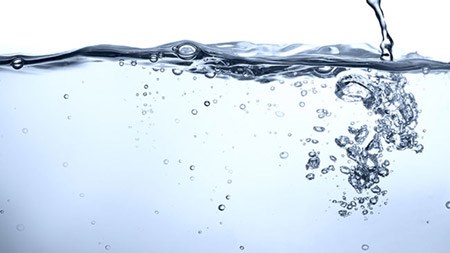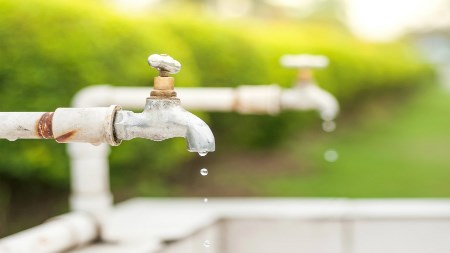With World Water Day just around the corner , it’s worth thinking about how we can reduce our demand for water - both for the good of the planet, and for the benefit of our individual budgets.
Farmers in olden times liked to believe that when the moon is cup-shaped, it holds its water and the skies’ll remain dry - but when the cup turns upside-down, the rain is sure to follow.
Unfortunately, though, we can’t rely on homespun wisdom in a dry country like ours, and, with World Water Day just around the corner (Sunday, 22 March), it’s worth thinking about how we can reduce our demand for water - both for the good of the planet, and for the benefit of our individual budgets.
According to the City of Cape Town’s ‘Smart Living Handbook’ (a very useful resource you’ll want to download and save), even our most mundane daily tasks often require enormous amounts of water: a simple hand-washing uses between one and three litres of the stuff, your dishwasher probably uses between 17 and 45 litres per load, and your washing machine uses 80. A typical bath requires up to 150 litres, the garden hose guzzles a gallumping 600 litres per hour - and a tap dripping at the rate of 1 drop per second gargles between 30 and 60 litres a day.
How we use our water often depends on our household income: in a typical low-income household, 73% goes to the toilet, 19% to the bath or shower, and only 8% to drinking, cooking, and washing clothes and dishes. In mid to high-income households, though, 37% goes to the toilet, 32% to bathing and showering, 17% to the laundry, and 14% to drinking, cooking, and washing - and if you’ve got a garden, you might be lavishing as much as 46% of your total water purchase on your plants.
Rich or poor, you can literally see the money flowing down the drain...
START BY STOPPING
Obviously the best place to start conserving water is by stopping the leaks. Check (or have your plumber check) all connections, washers, and so on, and repair or replace as necessary. But you should also make sure that your water meter is accurate: shut all your taps, check that your water meter has come to a complete stop, and then fill a bucket of known size. If the meter reading equals the bucket size, we’re good to go. If not - replace! (The meter, that is.)
In fact there are probably as many ways to save water as there are to use it - but you’ll see real results if you start with a few simple steps:
· shower (with a friend, if you can) but don’t bath
· change your old shower head for a water-saving head (works wonders if you have problems with low pressure, too - and saves on electricity as well, as this document from Eskom explains)
· fill a 2-litre plastic bottle or two and put them into the cistern if your toilet’s fitted with one of those old-fashioned jobs (despite its popularity, apparently this isn’t a very effective water-saver - so better still, replace the cistern with a dual-flush system).
But to really get swimming when it comes to your water saving, you’ll want to educate yourself - South Africa has some great online resources, like Rand Water’s waterwise.co.za - and then get more active by, for example, harvesting your rainwater (a fancy way of saying - install a rainwater tank), and investing in a grey water system that’ll feed reusable, fat-free water from your bathroom and laundry to your garden, and even into your loo.
Pay attention to the outdoors, too - if you’re a gardener, make sure that you choose water-wise plants (usually those that grow naturally in your area); mulch your planting beds to keep the soil from drying out; always water later in the day if you can (preferably even at night); and if you’re planning on paving any part of your property, think about permeable paving like our own, home-grown Sud Pave from DuraTurf (it’s good for the soil, and great for the eye!).
When it comes to reducing the amount of water you need, keeping it up might take some practice at first - but if calculate your water footprint when you start, and do it again at regular intervals, you’ll quickly see how you’re progressing.
And the savings when it comes to paying the bills won’t hurt, either.




